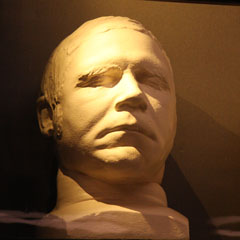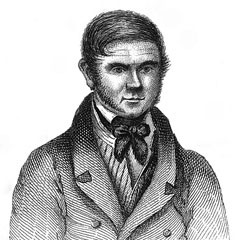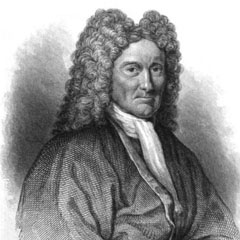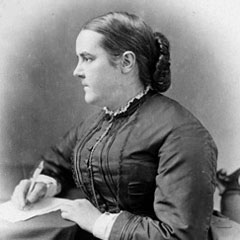 1 Lauriston Place, Edinburgh EH3 9EU
1 Lauriston Place, Edinburgh EH3 9EU
Designed by architect David Bryce, the Royal Infirmary at Lauriston Place was a state-of-the-art hospital when it was opened in 1879. The main hospital was also complimented by the new Edinburgh Royal Maternity Hospital. In its day the Royal Infirmary was probably the best-planned hospitals in Britain. However, by the second half of the twentieth century it was proving inadequate to the needs of the new National Health Service. It was moved to a new site at Little France on the south-eastern outskirts of the city in 2003. Most of the site has since been redeveloped as the Quartermile project. It is also home to the University of Edinburgh’s Futures Institute.
Find out more

 Scotland: A Changing Nation, Level 6, National Museum of Scotland, Chambers Street, Edinburgh EH1 1JF
Scotland: A Changing Nation, Level 6, National Museum of Scotland, Chambers Street, Edinburgh EH1 1JF Royal Botanic Garden Edinburgh, Arboretum Place, Edinburgh EH3 5NZ
Royal Botanic Garden Edinburgh, Arboretum Place, Edinburgh EH3 5NZ
 Library, Scottish National Portrait Gallery, 1 Queen St, Edinburgh EH2 1JD
Library, Scottish National Portrait Gallery, 1 Queen St, Edinburgh EH2 1JD




 30 Chambers Street, Edinburgh EH1 1HU
30 Chambers Street, Edinburgh EH1 1HU


 31 Lothian Road, Edinburgh EH1 2DJ
31 Lothian Road, Edinburgh EH1 2DJ
 Old Medical School, Teviot Place, Edinburgh EH8 9AG
Old Medical School, Teviot Place, Edinburgh EH8 9AG
